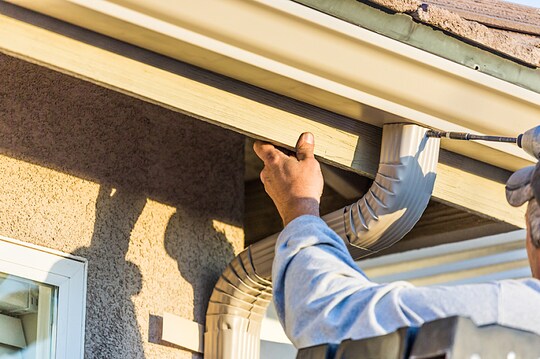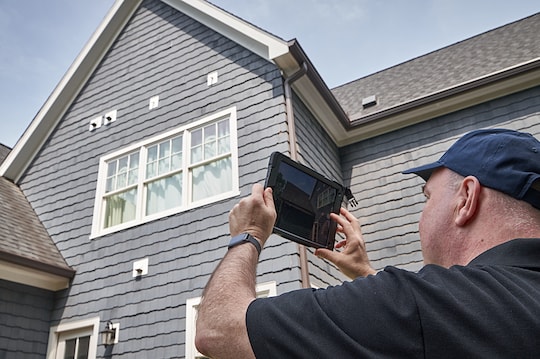
You probably know the most popular tips for selling your home, but many people forget some small but important details. These often-overlooked steps can help boost your buyer's confidence while ensuring you get the price your home deserves.
Here are five ways to improve financial offers on your house, reap more return on your home improvement investments, and make the home selling process a little smoother.
1) Talk About Warranty Transfers
Did you know some warranties can be transferred? Home sellers can make the most of their assets by advertising transferrable home warranties to prospective buyers. Warranties offer value and security to new home buyers and may increase the financial offers on your house.
Check to see if your roof warranty can be transferred post-sale, as well as any warranties you may have for major systems like your HVAC or septic. When allowed, warranty transfers are subject to the manufacturer's terms and conditions so be sure to review the warranty for this important information.
2) Gather Service and Inspection Records
Home inspections provide prospective buyers with helpful information about a home's roof system, HVAC system, and other big-ticket items. A home inspection is usually not required by law—so it only happens if you ask.
While many sellers will get an inspection done, service records on those major home systems are also important. Service records may be required to show that you complied with warranty requirements, such as annual maintenance, and assure buyers that you took care of your system. Additionally, some warranties may be voided if regular maintenance requirements aren't met, so service records can be very helpful to buyers in the future.
3) Showcase Home Improvements
One of the top tips for selling your home is showcasing the improvements you've made over the years. Besides increasing your enjoyment of your home while you live in it, home improvements can net you major returns when you go to sell. For example, the 2020 Cost vs. Value Report from the online publication Remodeling shows that improvements like a fiber-cement siding replacement recoups an average of 78 percent of costs. Meanwhile, a roof replacement can recoup about 66 percent of costs.
Don't forget the receipts and records! These provide proof of home improvements, and making them available to potential buyers can make your home a more attractive investment.
4) Confer About Maintenance Costs
Homeowners spend an average of $2,000 per year on maintenance services, according to a survey by Bankrate. This includes lawn maintenance, homeowners association fees, snow removal, septic service, security systems, and more.
Make sure potential buyers understand what their monthly homeownership costs will be. Being transparent about these projected maintenance costs may help potential buyers trust you, and it can allow them to stay on budget and make a confident purchasing decision.
5) Capitalize on Staging and Curb Appeal
Improving curb appeal and home staging are among realtors' top tips for selling your home. In fact, 99 percent of realtors believe that curb appeal is important in attracting buyers.
To amp up curb appeal, tidy your landscaping, address exterior paint issues, and make sure your roof isn't showing any signs of damage. Inside the home, don't forget to hire a professional home stager. Eighty-three percent of buyers' realtors state that home staging helps buyers visualize the property as their own.
Ready to boost curb appeal with a roof repair or replacement? Find a local GAF factory-certified roofing contractor*—and don't forget to ask about the different roof warranties that can add value to your home and be transferred to your buyer.
*Contractors enrolled in GAF certification programs are not employees or agents of GAF, and GAF does not control or otherwise supervise these independent businesses. Contractors may receive benefits, such as loyalty rewards points and discounts on marketing tools from GAF for participating in the program and offering GAF enhanced warranties, which require the use of a minimum amount of GAF products.



